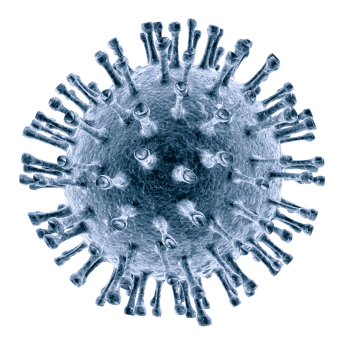Biopharma Commercialization: From Discovery To Delivery
 Biotechnology offers physicians opportunities to dramatically improve people’s lives.
Biotechnology offers physicians opportunities to dramatically improve people’s lives.
Biotech companies develop products in stages, each with specific goals and milestones. Physicians may find career opportunities in any one or all of the stages of this process.
The commercialization process helps companies identify the most promising potential drugs in research, develop them into innovative therapies, and then deliver them to the patients who need them. It is a dynamic process that enables companies to dramatically improve people’s lives.
Some may think this process starts with a discovery. A scientist discovers a molecule in the laboratory—and years later, a patient receives a product made from this molecule. How did the discovery become a drug? And why did it take as long as a decade or more? It advanced step by step. And it started even before the molecule was discovered.
Discovery and Screen. The process starts with an unmet medical need. Scientists indentify targets, or points in the course of a disease, where a potential drug may have an effect. Scientists then test hundreds, if not thousands, of molecules. The goal is to find one or more molecules with biologic activity against a target. Usually, only a small number are active.
Lead Optimization. The field of candidates narrows. Scientists evaluate all the bioactive molecules to identify the lead molecule with the most desirable characteristics. They further optimize this lead molecule to meet the criteria for a viable clinical candidate.
Pre-Clinical. When a single molecule with the potential to be safe and effective in humans has been identified, it then progresses into preclinical testing—bringing it one step closer to testing in humans. The product team evaluates safety, prepares to manufacture clinical materials, and seeks regulatory approval to begin Phase 1 clinical trials.
Phase 1. When there is sufficient evidence that a new molecule can be safely tested in human, it progresses to the next stage. Small Phase 1 studies of healthy volunteers or patients with disease gather preliminary data on safety, dosing, and biological activity.
Phase 2. Patients with the disease are studied. The company assesses the safety and efficacy of the molecule and dosing in patients. They begin to assess the value of the product to patients, physicians, and payers—as well as the company.
A portal or gate review at the end of Phase 2 determines whether the scientific and medical evidence and commercial value of the product warrant a significant investment in large clinical trials. The company determines whether it has met regulatory requirements and is prepared to file a marketing application with regulatory agencies.
Phase 3. Testing involves large numbers of patients. Large-scale studies confirm safety and effectiveness, and the product team plans the submission to regulatory agencies for product approval.
Regulatory Filing. The product team submits a marketing application to regulatory agencies, answers their questions, finalizes labeling and plans for launch. After regulatory approval, the team proceeds with reimbursement submissions in each country.
A portal or gate review determines whether the company is confident in the product’s ability to meet safety, efficacy, and reimbursement requirements.
Launch. After a decade or more, a molecule has become a product. A discovery—and all those involved its commercialization—can make a difference for patients. To launch a new product, companies must ensure enough supply to meet demand and begin marketing the newly approved product according to the approved label.
To learn more about biopharma commercialization and related career opportunities, check out the websites for some of the leading biotechnology companies: amgen.com, gene.com, merckserono.com, biogenidec.com, and ucb.com. This could give you a framework to explore specific opportunities or extend your network to other firms in the industry.





 2 Comments
2 Comments